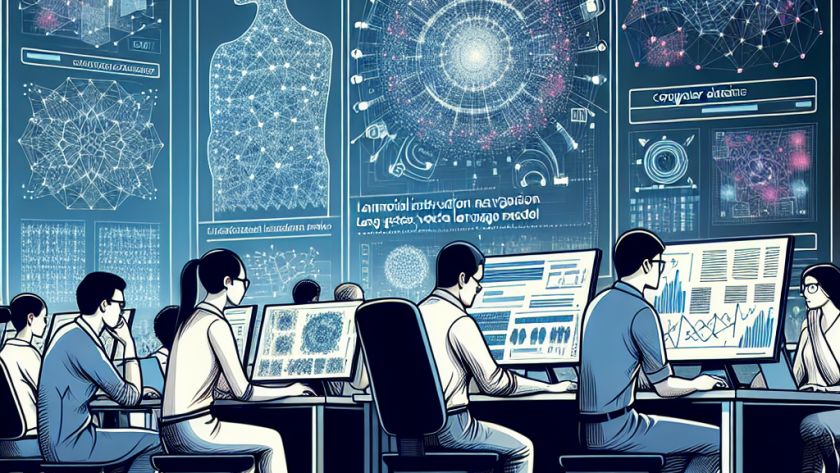Julie Shah, a distinguished scholar and academic thought-leader, is set to assume the role of head of the Department of Aeronautics and Astronautics (AeroAstro) at Massachusetts Institute of Technology (MIT), effective May 1. As affirmed by Anantha Chandrakasan, MIT’s chief innovation and strategy officer, Shah has a remarkable record of interdisciplinary leadership and visionary contributions…










